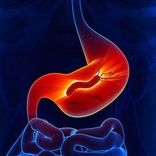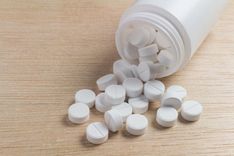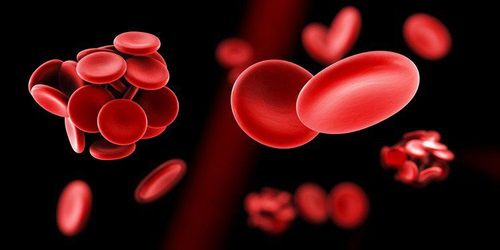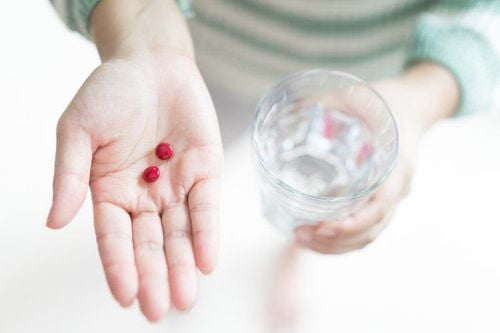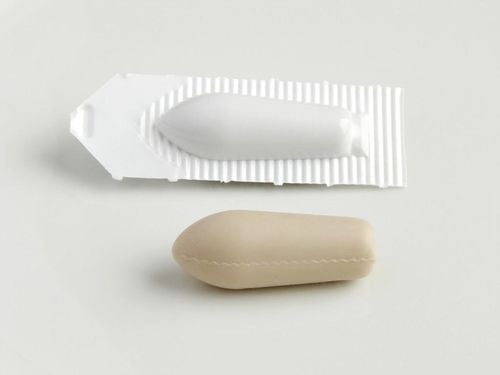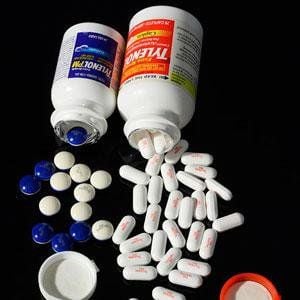Kimose is a proteolytic enzyme drug used to reduce post-traumatic edema, with anti-inflammatory, and anti-thrombotic properties. To improve treatment effectiveness and prevent unwanted side effects, patients need to clearly understand the effects as well as comply with the correct indications and dosage of Kimose.
1. Uses of the drug Kimose
Kimose's main ingredients include:
- Bromelain 40mg (equivalent to 20,000 IU)
- Crystallized Trypsin 1g (equivalent to 2500 IU)
- And excipients sufficient for one enteric-coated tablet.
Bromelain: Bromelain is known as a proteolytic enzyme, so it can break down fibrin in blood clots, helping to prevent blood clots and improve blood circulation. The enzyme Bromelain slows down the clotting of platelets and prevents the accumulation of plaque in the arteries, which is the cause of blood clots. Meanwhile, Bromelain also slows down the prostaglandin development, involved in many functions from blood clotting to blood reproduction. When the concentration of prostaglandins in the blood is too high, it will lead to negative effects such as swelling, inflammation, and fever. Bromelain with prostaglandin inhibition is effective in reducing swelling like naprofen, ibuprofen, piroxicam, or diclofenac.
In addition, Bromelain can also relieve pain and improve activity in patients with carpal tunnel syndrome. The effects of Bromelain on blood-related diseases such as angina, thrombosis, or reducing indigestion and stomach pain are also applied for clinical treatment.
Trypsin: Trypsin is known as a protease secreted by the pancreas, then excreted into the small intestine through the large pancreatic duct and small pancreatic duct, with the function of hydrolyzing protein.
Trypsin is initially formed in an inactive form called trypsinogen, which is then activated by the enzyme enteropeptidase to become Trypsin. Trypsin catalyzes the hydrolysis of peptide bonds, helping to break down proteins into smaller peptides. Peptides are then hydrolyzed by other digestive enzymes into amino acids. Thanks to this function, Trypsin is necessary for the digestive process of converting food proteins into amino acids for the body to absorb.
In pharmacology, Trypsin can destroy the bonds of inflammatory fluid proteins, helping to reduce edema, reduce tissue destruction, and fight inflammation in patients after surgery, trauma, and sprains.
2. Indications and contraindications of Kimose
Kimose is indicated for the treatment of the following conditions:
- Reduce swelling and pain in trauma patients, people who have just undergone surgery
- Internal hemorrhoids, external hemorrhoids, hemorrhoid congestion, post-hemorrhoidectomy, anal prolapse causing inflamed skin
- Patients with swollen, red, painful breasts due to mastitis, blocked milk ducts
- Patients with hematomas or thrombosis.
- Reduce swelling and inflammation for people with sprains, injuries due to heavy work, sports, etc.
Contraindications of Kimose
Kimose should not be used in the following cases:
- People with hypersensitivity to Bromelain, Trypsin, or any ingredient of the drug;
- Blood clotting disorders or severe liver or kidney failure
- Gastroduodenal ulcers
- Pregnant or lactating women
3. Dosage and how to use Kimose
How to use: Kimose is taken orally. Patients should take the whole pill, do not chew, break, or crush it because it can reduce the effectiveness of the drug. The drug should be used after meals to increase effectiveness.
Dosage:
- Initial dose: 2 pills/time x 4 times/day
- Maintenance dose: 1 pill/time x 4 times/day
4. How to handle missed or overdosed Kimose
- Missed dose: In case the patient has just forgotten to take Kimose compared to the prescription, they can take the medication as soon as they remember, and should not miss more than 2 consecutive doses. If it is time for the next dose, take it as planned, the patient should not arbitrarily change the dose without consulting a doctor.
- Drug overdose: Currently, there are no studies or clinical reports on symptoms of overdose of Kimose. In case of an overdose of Kimose causing symptoms of acute poisoning, the patient needs to stop taking the drug immediately and go to a medical facility for timely treatment. Patients with drug overdose should be treated symptomatically.
5. Side effects of Kimose
Patients may experience some unwanted side effects while using Kimose such as:
- Digestive disorders: bloating, abdominal pain, nausea, diarrhea or constipation. Sometimes there may be inflammation and bleeding.
- Stomach pain, decreased stomach acid.
- Some patients may experience hypersensitivity reactions such as skin rash, red skin, sweating, and cold hands and feet.
- In some cases, patients may experience unwanted effects when using the drug.
- Therefore, if you experience any unusual symptoms while being treated with Kimose, you need to immediately notify your doctor or nurse for immediate medical intervention.
6. Interactions of Kimose
Kimose may interact if used concurrently with the following drugs and substances:
- Enzyme inhibitors such as Chloramphenicol, Cimetidine, and Isoniazid...: Increase the concentration of the drug in the blood by inhibiting the drug degradation process, leading to an increased risk of overdose and increased side effects of Kimose.
- Enzyme-inducing drugs such as Phenylbutazone, Phenobarbital, Rifampicin,...: stimulate the drug degradation process, increase the excretion of active ingredients, and reduce the concentration of Kimose in plasma, causing a decrease in efficacy.
- Anticoagulants: increase the risk of bleeding.
7. Notes when using Kimose
- Circumspect in patients with impaired liver and kidney function;
- Patients with blood clotting disorders must consult a doctor before use;
- Circumspect in people driving and operating machinery, need to monitor for side effects on the nervous system that can cause decreased concentration;
- The safety of Kimose for pregnant women has not been established, the drug should only be used when the benefits outweigh the risks and extreme caution is required, following the doctor's instructions during treatment;
- Breastfeeding women: Currently, there is no research on the effects of Kimose on breast milk, so it is necessary to consider carefully before using the drug in women who are or intend to breastfeed.
Above is all the information about the uses of Kimose, dosage, and important notes when using it. Read the instructions carefully, understand the uses, and follow the instructions and instructions of the doctor to help the patient achieve effectiveness when using and prevent side effects.
Follow the website of Vinmec International General Hospital to learn more information about health, nutrition, and beauty to protect the health of yourself and your family members.
Please dial HOTLINE for more information or register for an appointment HERE. Download MyVinmec app to make appointments faster and to manage your bookings easily.

